How Dogs Learn
Remember, it takes 2- 4 weeks for your dog to learn new behavior and 4-6 months of repetition and reinforcement to establish behavior in long-term memory.
For our dogs to be successful, we need:
Timing: Mark the behavior within 1.3 - 1.5 seconds, then reward.
Motivation: It can be things such as Food, Verbal Praise, and even a Toy.
Consistency: The more consistent everyone is, the quicker your dog will know what is expected.
We do this in 4 stages or the 4 A's
Acquisition: Showing, teaching, and building a reward/reinforcement history.
Automatic: Practice at home until they are doing great about 80% of the time.
Application: Apply and generalize the behaviors by practicing everywhere under various distractions.
Always: Keep practicing throughout the 3-6 month period, but only rewarding intermittently.
To better communicate, we use Markers:
Yes or Click: Reward marker, when they do what is asked (ex: butt hits the floor on sit).
Ehh Ehh or Nope: Not exactly try again
Good: Keep doing what you are doing
OK, Free or Break: Dog is released from the position they were asked to be in.
No: Not what I wanted; once they know the behavior paired with a correction.
After a dog understands the behavior, we will add the 3 Ds:
Duration: Practice duration when you have time to add under minimal distractions slowly.
Distance: Add distance in small steps, always going back and rewarding as you grow the distance.
Distractions: Start with small distractions, such as movement and easy distractions, before adding larger ones.
To Stop a Behavior: (Depending on the dog and the behavior)
Ignore it: Wait for the dog out until the "Extinction burst" and reward the positive.
Give an Alternate or Incompatible Behavior: Teach the dog the behavior you want them to do that is incompatible with the behavior you do not want.
Interrupt: Usually, a noise type of interrupt, such as a snap, loud clap, a mason jar with coins, or devices like the Doggie Don't, Pet Corrector. or Pet Convincer.
Correct: Can be in many forms, such as a water bottle spray, leash correction, bark collar, e-collar correction, or even distance/spatial pressure correction. The correction must be enough to stop the behavior and non-emotional.
Patience is your key before correcting; think of it as learning a new language.
Dogs have 4 responses to any stressful situations.
Flight —Pulling or moving away from the situation.
Fight — Lunging, barking, growling, biting at a trigger, or pawing and scratching at a training collar.
Avoid — Many of the stress signals listed below.
Acceptance — Where we want or dogs to get to, but will rarely learn to accept without our help.
Learn more about your dog’s body language and what they are trying to tell you.
Understanding your dog's body language is one of the most important things we as humans can do to help on our dogs.
Our dogs can’t tell us in words what they’re thinking, so once we learn how to understand their body language better, a whole world of communication with our dogs opens up and in turn a better relationship.
It's important to understand dogs have 4 responses to any stressful situation fight, flight, avoid and acceptance. Dogs will rarely learn to accept without our help.
Signs of stress your dog may show include:
This list is not exhaustive, but covers major signs of stress. Your dog may show one or more signs at the same time.
Looking away (from a stimulus)
Licking the nose or lips in the absence of food
Sudden scratching (without reason to suspect allergies, etc)
Sudden sniffing of the ground
Shaking as though wet (often occurs right after a moment of diffusion of tension)
Tension in the muscles around the eyes and mouth
Whale eye (the dog is usually looking away with his head, but his eyes remained fixed on the stimulus, showing the whites)
Ears pinned back
Sweaty paws (leaving wet paw prints on the floor)
Panting (when you dog hasn’t exercised and it isn’t hot outside)
Inability to focus
Dilated pupils
Low tail carriage
Not taking treats or taking them roughly
Training Guidelines Index
How Dogs Learn | Foundation of Communication | Crate Training | Walk & Wag | The Sidekick Leash | The Place Cue | Leave It | Recall - Come When Called | Behavior Modification | Separation Anxiety | Basic Obedience | Various Training
